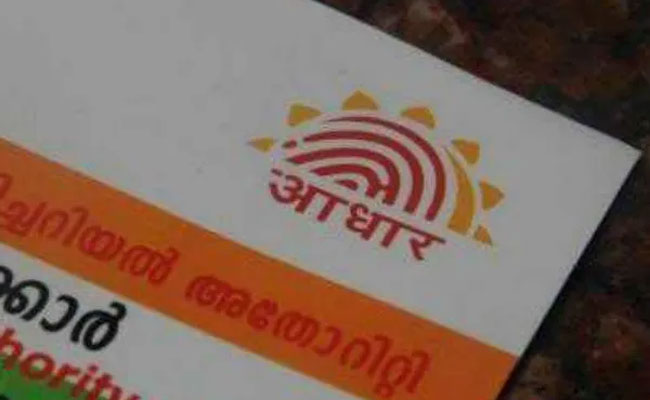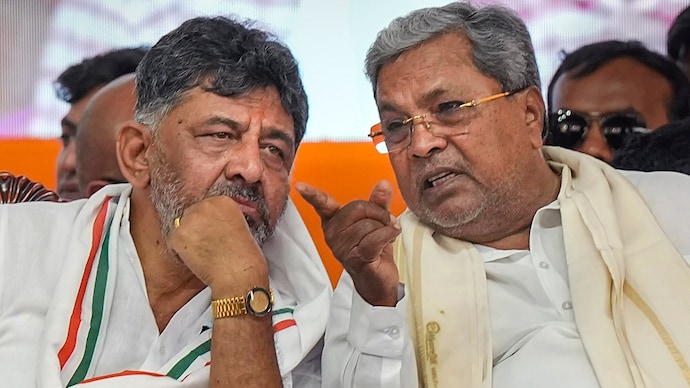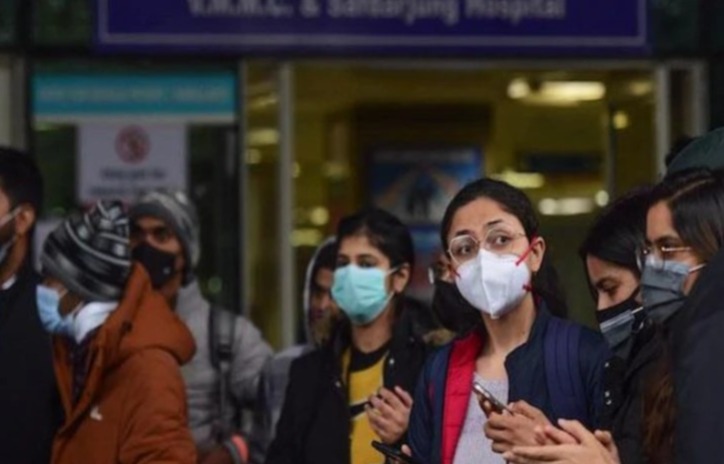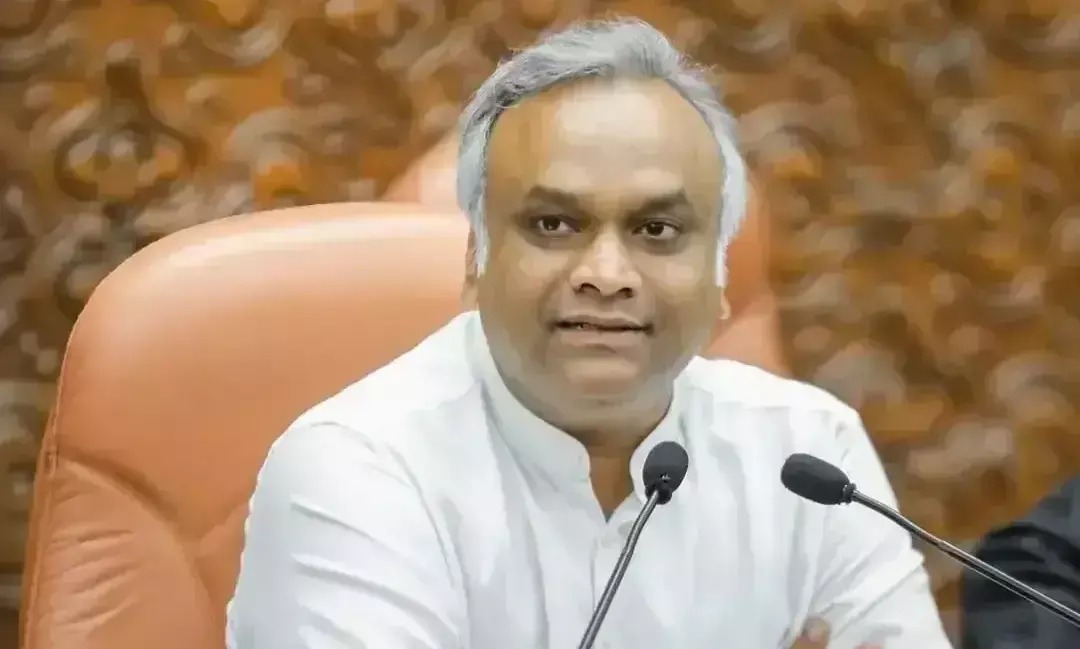Bengaluru: The Karnataka government has reportedly issued a notification mandating Aadhaar authentication for beneficiaries of the Pradhan Mantri National Dialysis Programme (PMNDP), which is implemented through the Suvarna Arogya Suraksha Trust.
According to the Department of Personnel and Administrative Reforms (DPAR), both Priority Household (PHH) and non-PHH ration card holders must either furnish proof of Aadhaar or undergo Aadhaar authentication to access the scheme's benefits, as reported by the New Indian Express on Sunday.
However, the government has also clarified that no individual—adult or child—will be denied dialysis treatment due to the absence of Aadhaar, the report added. In such cases, alternative identity documents will be accepted. A register will be maintained to track these exceptions for audit and monitoring purposes.
To support implementation, Aadhaar enrolment facilities will be established at the block or taluk level in areas currently lacking such centers. The move aims to enhance transparency, improve service delivery, and ensure efficient distribution of entitlements under the scheme.
The department has also outlined provisions for individuals who face challenges with biometric authentication, such as poor fingerprint quality. Alternatives including iris scans, facial recognition, OTP-based authentication, or QR code verification of physical Aadhaar letters will be made available.
Let the Truth be known. If you read VB and like VB, please be a VB Supporter and Help us deliver the Truth to one and all.
Bengaluru: In a significant move towards enhancing disaster preparedness, the Karnataka State Natural Disaster Monitoring Centre (KSNDMC), in collaboration with UNICEF, launched the Karnataka State Disaster Risk Reduction Roadmap (KSDRR) 2025-2030 on Monday, marking the International Day for Disaster Risk Reduction.
With this initiative, Karnataka has become the fifth state in India to launch the Disaster Risk Reduction Roadmap, following Bihar, Andhra Pradesh, Tamil Nadu and Assam, as reported by The New Indian Express.
The new roadmap is designed to mitigate the impact of natural disasters and reduce the state’s vulnerability. Over the past five years, Karnataka has suffered an estimated Rs 1 lakh crore in losses due to floods, droughts, lightning, hailstorms, fire, and other calamities. Addressing these challenges, Mullai Muhilan, Director of KSNDMC, emphasised that the goal of the KSDRR is to implement a systematic approach to preventing and managing such disasters.
“The theme on this day is ‘Fund Resilience, Not Disasters’, and that is why this roadmap is a framework of existing solutions to reduce and prevent losses by mitigating floods, drought, earthquakes, heat waves and so on,” TNIE quoted Muhilan as saying.
The KSDRR outlines a multi-phase strategy, which includes a vulnerability profile of Karnataka, highlights DRR developments, initiatives taken in the state, financial arrangements, and defines the roles and responsibilities of stakeholders as per the National Disaster Management Act, 2005.
The roles and responsibilities, work implementation in the road map are based on three major milestones divided to achieve in five years. All departments, gram panchayats have prepared disaster management plans with latest data as baseline information.
In milestone 2 for the year 2027-28, the roadmap envisions that the state has to collaborate and partner with various stake holders from local to global level. In milestone 3, for the year 2029-30, it mentions reducing infrastructure damage, human and animal deaths, casualties by 75%.
“Currently, KSNDMC has applications including Varuna Mitra, dedicated mainly to providing weather forecast to farmers across the state. Similarly, we have Megha Sandesha, a mobile app developed in collaboration with the Indian Institute of Science. This app was created to mitigate urban floods and it provides information to various government bodies especially BWSSB, and others. We are still working on this app to provide information and data to BDA, GBA on the areas that might flood in the future. They can use this data before giving clearance to buildings of layouts,” explained Muhilan.
As part of the roadmap, several government departments have been directed to work towards risk identification, risk reduction, preparedness, financial protection, and resilient recovery. For instance, the Education Department will be responsible for developing school-level disaster management plan.
The roadmap also outlines a robust infrastructure for real-time disaster monitoring. Karnataka has already installed 6,500 telemetric rain gauge stations at the gram panchayat level, alongside 850 telemetric weather stations at the taluk level. Other installations include lightning and thunderstorm sensors, water level sensors in Bengaluru and surrounding cities, and seismic sensors at major dam sites.




